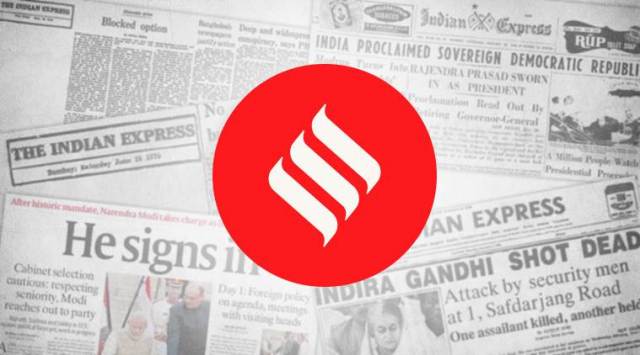
The liquidity and solvency issues plaguing the non-banking financial sector continue unabated. Earlier this week, Dewan Housing Finance Corporation Ltd (DHFL) defaulted on its repayment obligations to the tune of Rs 1,571 crore. Clearly, NBFCs/HFCs continue to struggle to repay their loan obligations and raise low cost funds. As credit flow through this channel has slowed down, the ripple effects are being felt in the broader economy. One way, perhaps, to have contained the crisis, and prevent it from spreading throughout the financial sector, engulfing mutual funds as well, would have been through quick and orderly resolution/liquidation of firms in trouble. But the resolution framework, as it exists, makes it difficult to close down financial firms such as banks and NBFCs. The Financial Resolution and Deposit Insurance (FRDI) bill had envisaged a framework for this. The bill, which was introduced by the NDA government in its first term, however, was withdrawn due to protests over some clauses. The current situation warrants a fresh look at the legislation.
The FRDI bill was withdrawn due to protests over the contentious “bail-in” clause and concerns about the extent of deposit insurance. But, as the complications in the IL&FS resolution process and the ongoing problems in the NBFC sector show, the government would do well to bring it back, albeit with modifications to address the issues that have been raised.